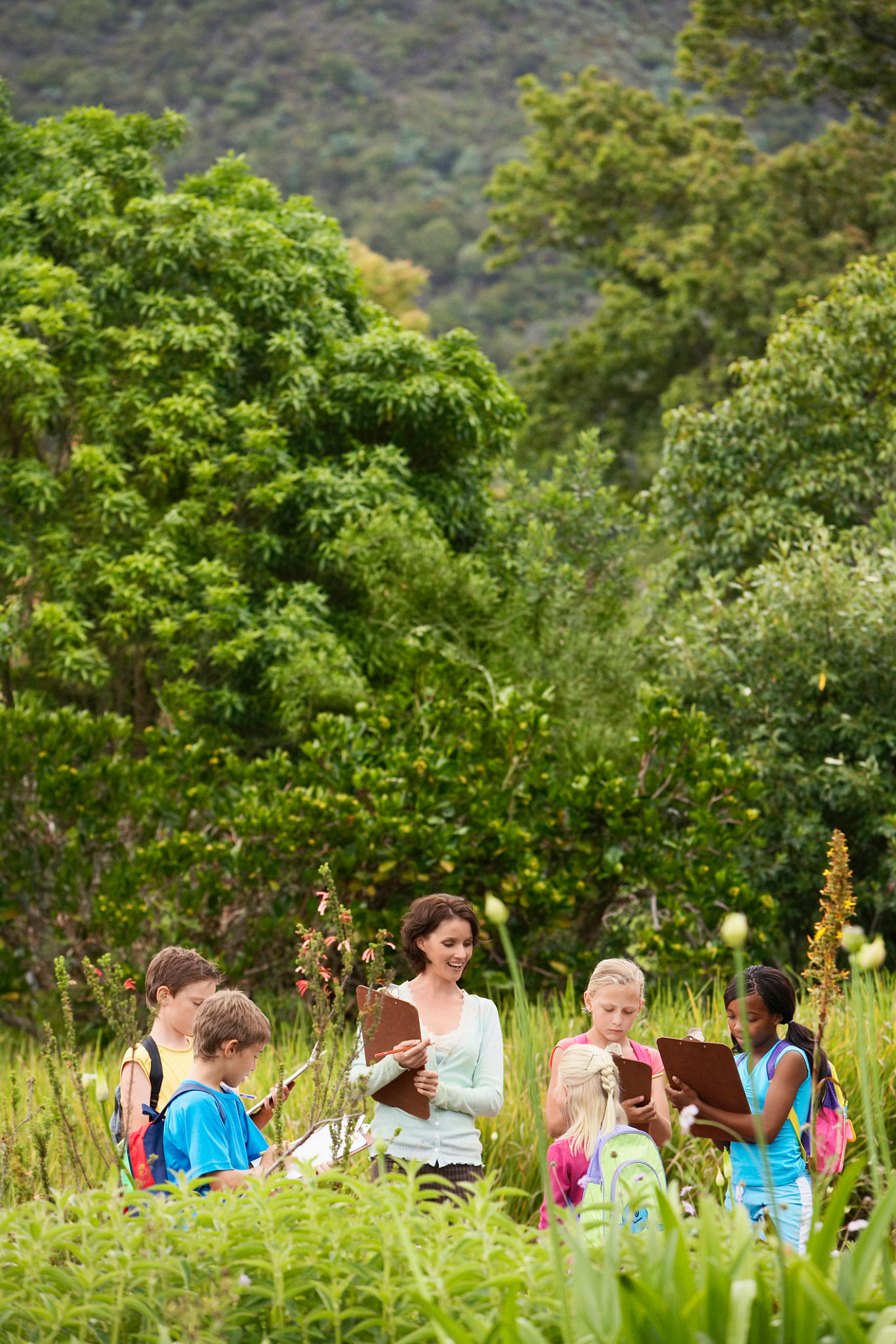Top 5 Myths About Nature-Based Learning Debunked
Understanding the Myths of Nature-Based Learning
In recent years, nature-based learning has gained significant attention as a powerful educational approach. However, several myths and misconceptions surround this method, often leading to confusion and skepticism. Here, we debunk the top five myths about nature-based learning to provide clarity and insight into its true benefits.

Myth 1: Nature-Based Learning is Unstructured and Unproductive
A common misconception is that nature-based learning lacks structure and leads to unproductive outcomes. In reality, it is a carefully designed approach where educators develop structured activities that align with educational standards. These activities are intentionally designed to foster critical thinking, problem-solving, and creativity while engaging students in real-world experiences.
Myth 2: It's Just Outdoor Playtime
While outdoor play is a component of nature-based learning, it is far more than just playtime. The method integrates academic subjects like science, math, and language arts into natural settings. For example, students might explore mathematical concepts by measuring plant growth or enhance their vocabulary by describing ecosystems. Nature-based learning combines play with academic enrichment to create a holistic educational experience.

Myth 3: Only Beneficial for Younger Children
Another myth is that nature-based learning is only suitable for young children. In truth, students of all ages can benefit from this approach. Adolescents and teenagers can engage in more complex environmental studies, ecological research projects, and community service initiatives that promote environmental stewardship. The skills and knowledge gained are applicable at any age, making it a versatile educational tool.
Myth 4: Limited to Rural or Forested Areas
Some believe that nature-based learning can only occur in rural or heavily forested areas. However, urban environments offer abundant opportunities for connection with nature. City parks, botanical gardens, and even schoolyards can serve as excellent classrooms. Educators can utilize these spaces to teach students about urban biodiversity, sustainability practices, and urban gardening.

Myth 5: Nature-Based Learning Lacks Academic Rigor
The idea that this learning style lacks academic rigor is unfounded. Nature-based education is grounded in scientific inquiry and experiential learning, which are key components of academic excellence. Students engage deeply with content, ask questions, and apply theoretical knowledge to practical situations. This method supports a rich learning environment where students can thrive academically.
In conclusion, nature-based learning is a dynamic and effective educational approach with numerous benefits. By debunking these myths, we can better appreciate how this method fosters a deeper understanding of the natural world while supporting academic achievement.
Embracing nature-based learning can transform traditional education models and inspire future generations to become environmentally conscious citizens. As more schools adopt this approach, it will likely prove essential in shaping well-rounded, knowledgeable individuals who can tackle the challenges of tomorrow.